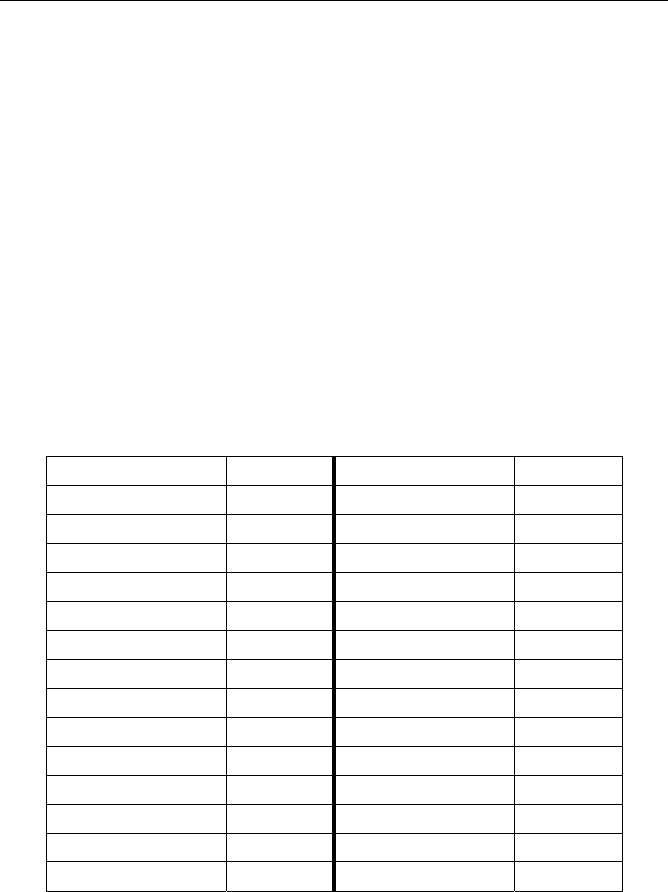
403265 Version 1.7 2/05
7
Measurement Notes
1. The object under test should be larger than the spot size calculated by the field of view
diagram (see Field of View diagram above).
2. If the surface of the object under test is covered with frost, oil, grime, etc., clean before
taking measurements.
3. If an object's surface is highly reflective apply masking tape or flat black paint before
measuring.
4. The meter cannot measure through transparent surfaces such as glass.
5. Steam, dust, smoke, etc. can obscure accurate measurements.
6. The meter compensates for deviations in ambient temperature. It can, however, take
up to 30 minutes for the meter to adjust to extremely wide temperature changes.
7. To find a hot spot, aim the meter outside the area of interest then scan across (in an up
and down motion) until the hot spot is located.
Emissivity Note
Most organic materials and painted or oxidized surfaces have an emissivity factor of 0.95.
Inaccurate readings will result from measuring shiny or polished metal surfaces which have
emissivity factors other than 0.95. To compensate for polished/shiny surfaces, cover the
surface with masking tape or flat black paint. Allow time, before measuring, for the tape to
reach the same temperature as the material underneath it.
Emissivity Factors for Common Materials
Material under test Emissivity Material under test Emissivity
Asphalt 0.90 to 0.98 Cloth (black) 0.98
Concrete 0.94 Skin (human) 0.98
Cement 0.96 Lather 0.75 to 0.80
Sand 0.90 Charcoal (powder) 0.96
Soil 0.92 to 0.96 Lacquer 0.80 to 0.95
Water 0.92 to 0.96 Lacquer (matt) 0.97
Ice 0.96 to 0.98 Rubber (black) 0.94
Snow 0.83 Plastic 0.85 to 0.95
Glass 0.90 to 0.95 Timber 0.90
Ceramic 0.90 to 0.94 Paper 0.70 to 0.94
Marble 0.94 Chromium Oxides 0.81
Plaster 0.80 to 0.90 Copper Oxides 0.78
Mortar 0.89 to 0.91 Iron Oxides 0.78 to 0.82
Brick 0.93 to 0.96 Textiles 0.90
